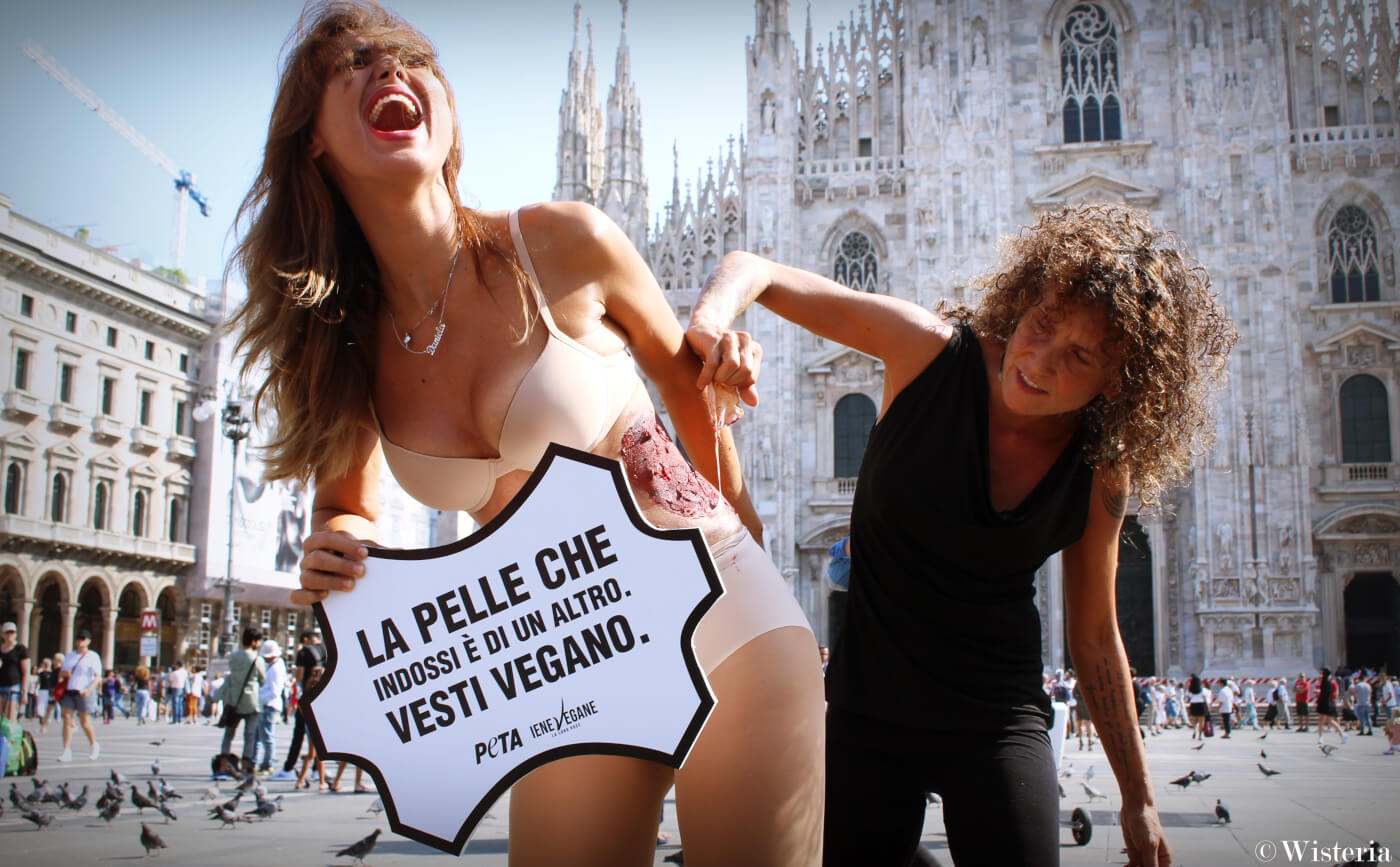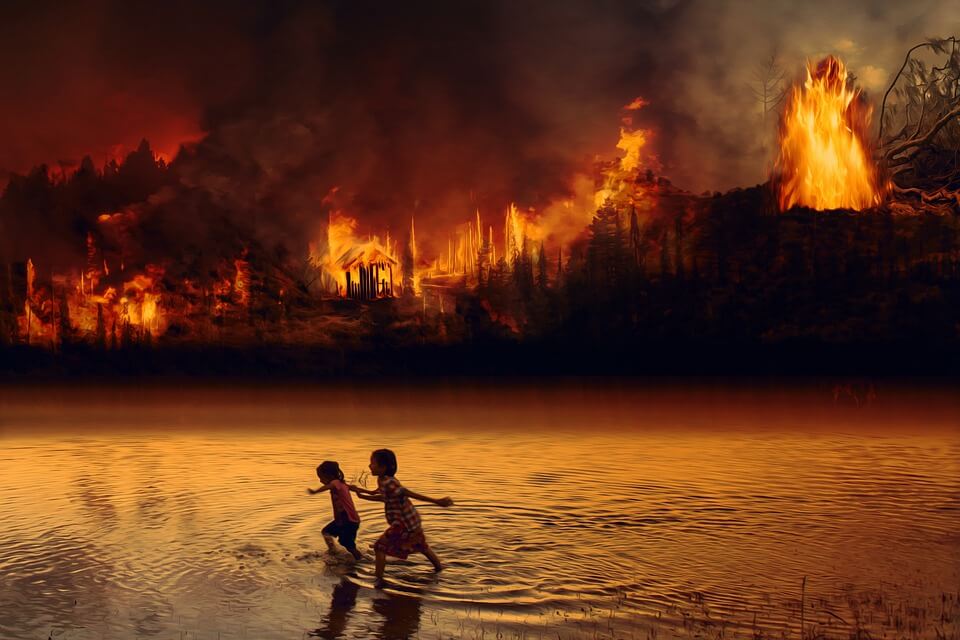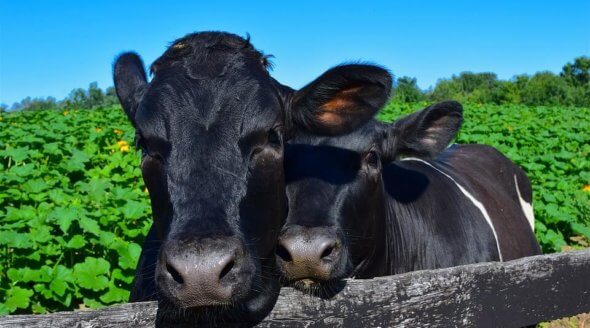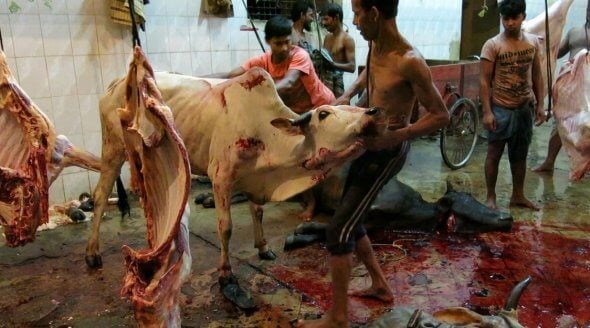IN PHOTOS: PETA and PETA France Protest Against Leather at Fashion Weeks Across Europe
Over the past fortnight, supporters of PETA and PETA France took part in striking protests at fashion weeks in London, Milan, and Paris to demand an end to the parading of leather down the events’ catwalks.
Here’s a round-up of the best photos from the demonstrations – and a reminder of why we held them:
London
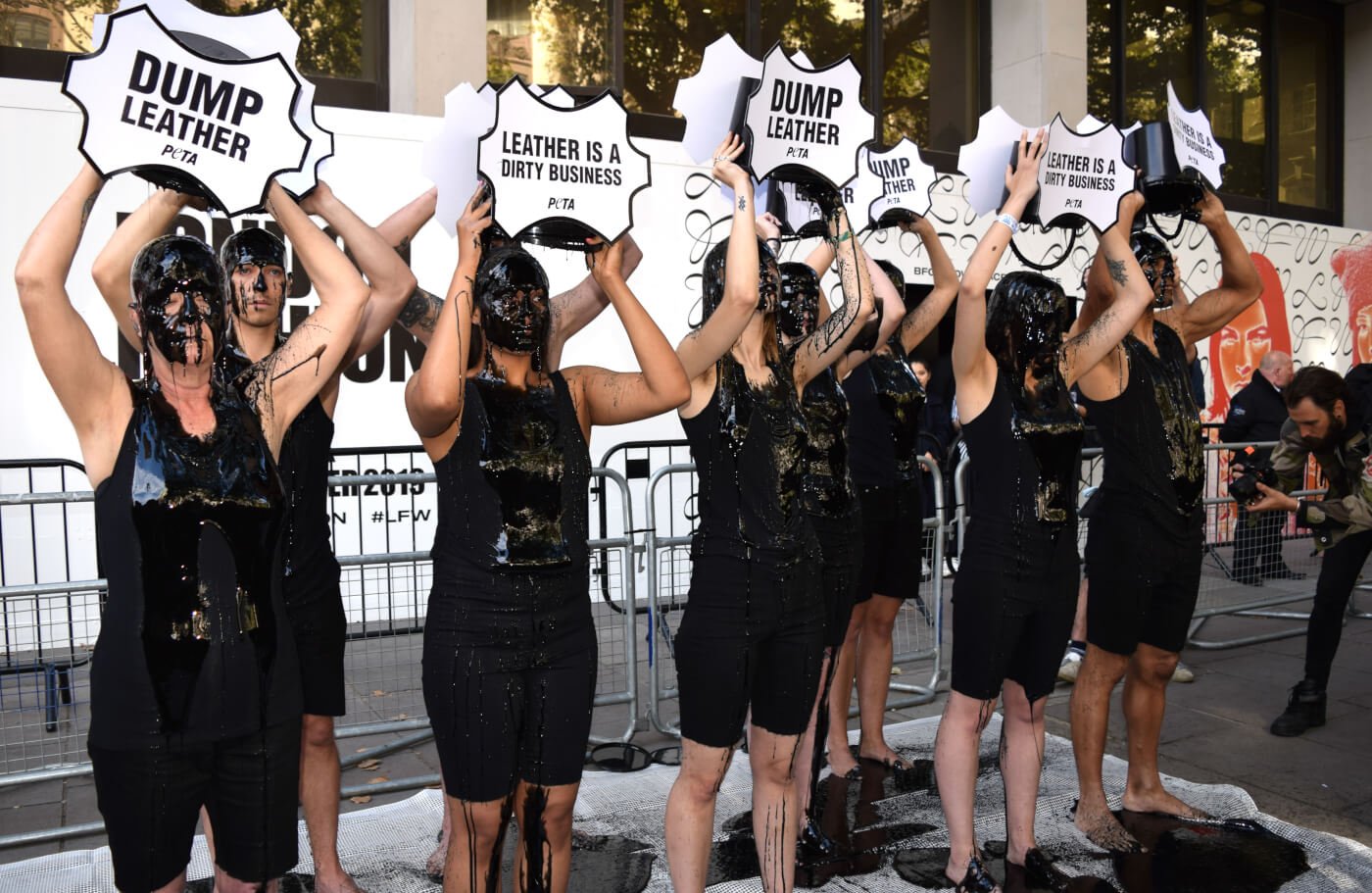
Milan
Paris
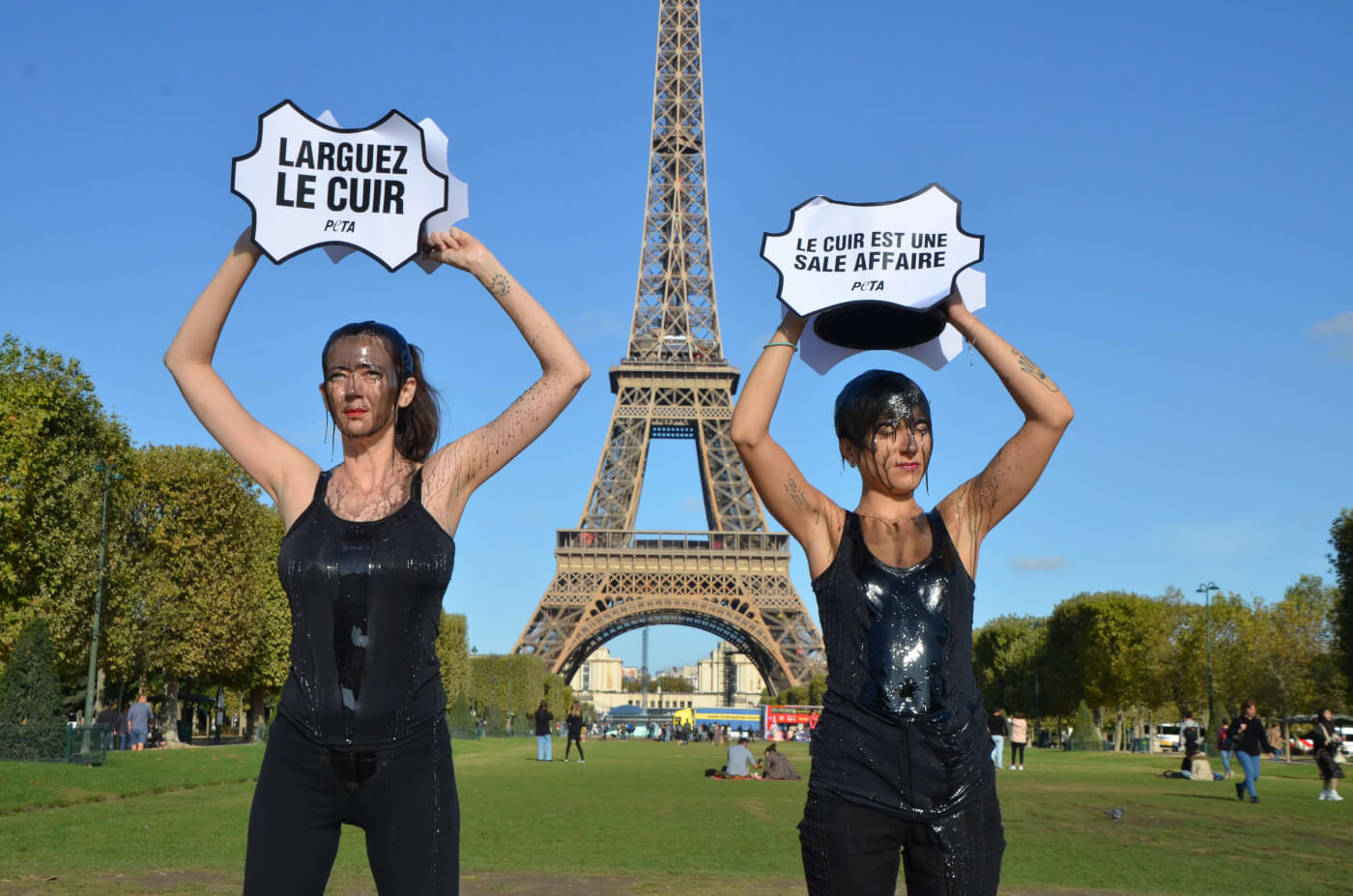
Why Are We Protesting Against Leather?
The leather industry is poisoning the living world. Because of the massive amounts of manure and slaughter waste, intensive water use, deforestation, and greenhouse-gas emissions involved in its production, leather is the most environmentally damaging material, as confirmed by the 2017 “Pulse of the Fashion Industry” report.
Indeed, the United Nations is calling for a transition away from animal agriculture – which is responsible for nearly a fifth of human-induced greenhouse-gas emissions – in order to protect the environment.
The demand for leather also fuels the destruction of the Amazon rainforest, as Brazilian cattle ranchers supply leather to leading global fashion brands and retailers.
Leather Production Also Damages Human Health
A PETA exposé of the leather industry in Bangladesh, narrated by Leona Lewis, shows that leather production is toxic for human health, too. Tanneries use harmful chemicals to prevent animals’ skin from decaying. Unprotected workers, including children, stand barefoot as they soak hides in carcinogenic chemicals, and the noxious waste is then dumped into waterways.
As tanning is such a dangerous process, it’s no longer undertaken in most European countries or the US, so operations are moving elsewhere – jeopardising the health of people in other parts of the world so that consumers in the West can continue wearing leather shoes and jackets.
Cows Suffer Immensely in the Leather Industry
The leather industry subjects animals to horrific cruelty. The majority of leather is produced using the hides of cows farmed for their flesh and those used for dairy who are no longer producing enough milk to be profitable. They endure all the horrors of factory farming – including intensive confinement to filthy pens, castration without pain relief, chronic infections and disease caused by extreme crowding, and a terrifying trip to the abattoir.
Eyewitness footage shot on Brazilian ranches gives a glimpse of the terror and pain inflicted on cows as they’re killed for their skin and flesh:
You Never Know Whose Skin You’re In
It’s not only cows who are killed for the leather trade – sheep, horses, goats, pigs, and even cats and dogs are also victims of the industry. An estimated 2 million cats and dogs are killed in China each year for their skins. When you wear leather, there’s no easy way to know for sure whose skin you’re in.
The best way to protect animals and the environment is to adopt a vegan lifestyle. In addition to combating deforestation, decreasing their carbon footprint, and sparing the lives of nearly 200 animals each per year, people who go vegan reduce their risk of suffering from heart disease, diabetes, cancer, obesity, and other health conditions. Take the vegan pledge now:
Please join us in urging the British Fashion Council (BFC) to introduce a ban on leather and fur at London Fashion Week and all its other events and instead give a platform to the multitude of vegan leather materials – both natural fabrics and recycled synthetics – which don’t contribute to animal abuse and which have a far lighter environmental footprint.

